Visual content is taking over the internet and videos are a major part of this trend. Each video serves a different objective and together they form a major part of the content users consume in this day and age. According to a HubSpot study:
- 72% of customers prefer video to learn about new products
- 82% of businesses report that videos are a popular tactic for content marketing
- 43% of customers want to see more video content from the brands they follow
The numbers are clear – consumers prefer video. So, let’s get creating!
To get started, you’ll need a camera (your phone camera should do the trick!) and some content ideas. Below, we’ll explore how camera angles impact emotions in a video – and how you can leverage these techniques to take your video content to the next level.
1. Close up / Extreme close up
This is one of the most common shots in videos where the significance is on the expression of the character. There are two variations to this; the close up and the extreme close up. The close up frames the face of the character and often the top of their shoulders. The extreme close up (sometimes referred to as The Choker) covers part of the face.
Emotions: Intimacy and tension. The viewers experience the character’s emotions personally.
Use cases: In classic cowboy movies close ups are often used to highlight a high tension scene – the close up gives us a clear view of the characters eyes and expression. A close up shot establishes a strong emotional connection between the character and the viewers.
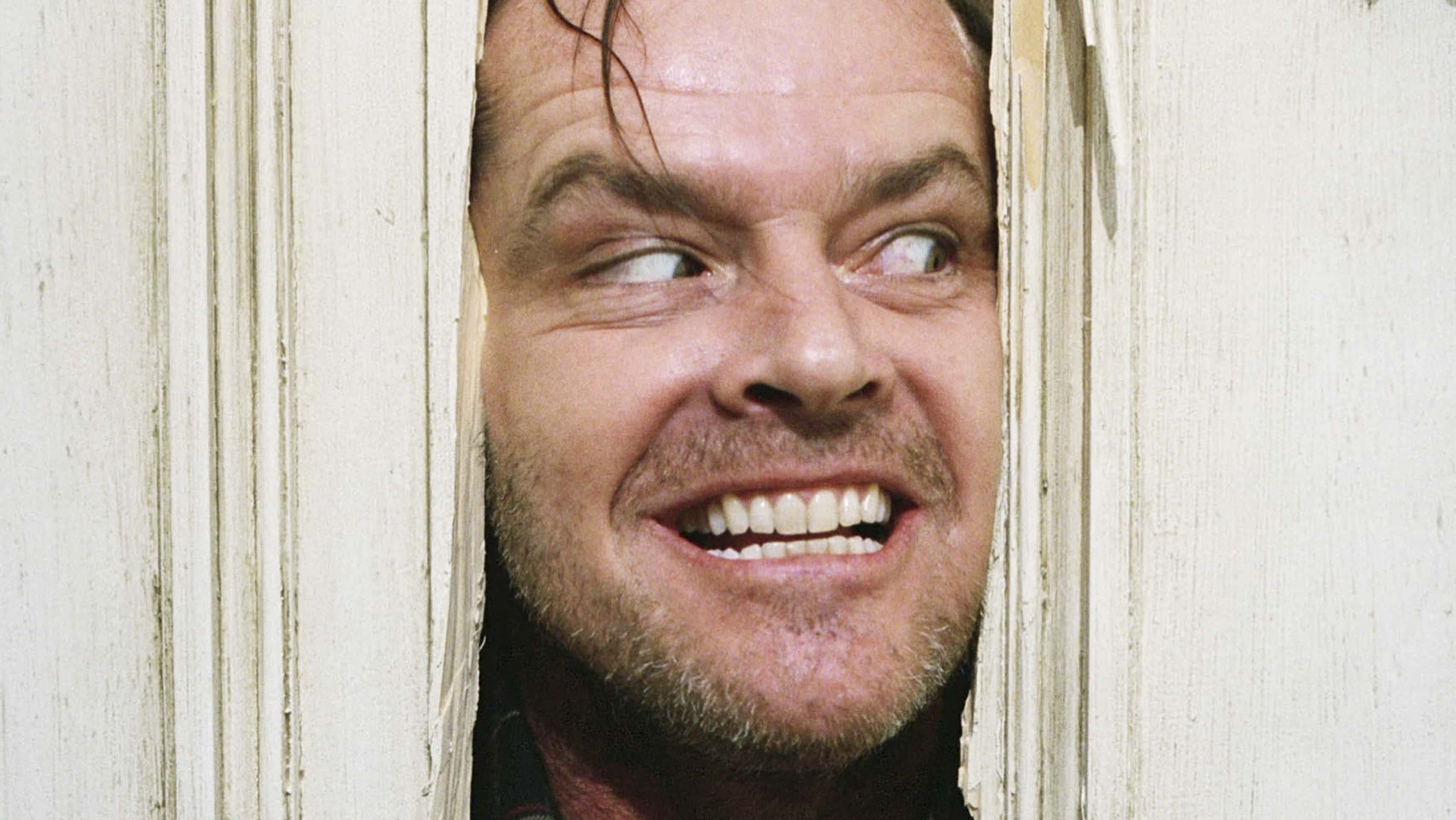
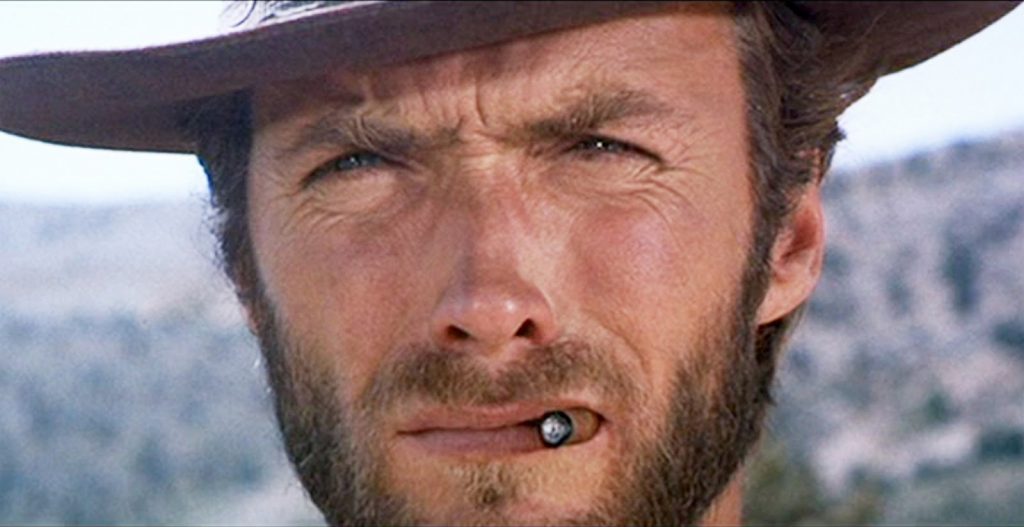
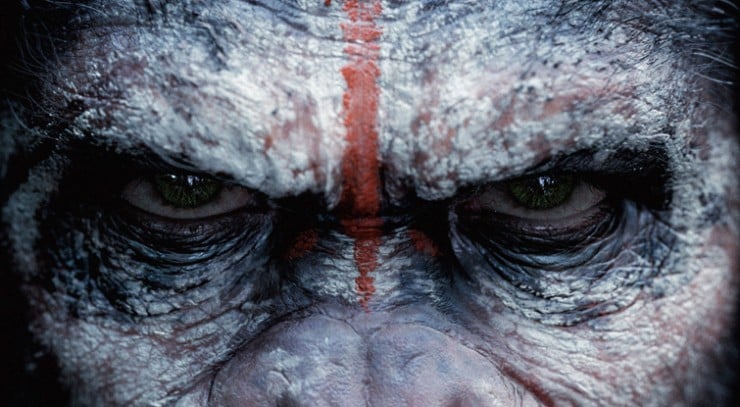
2. Medium
This shot is used when you want to show the body language details of the subject from waist up in addition to the surroundings. It is also known as the “Sweet Spot” shot as it increases the watch-ability of the scene, allowing the viewers to switch focus between characters and the surrounding environment. There are three variations; the cowboy shot covers the character to around the thighs, the medium shot is until the knees and the full shot covers the character to their feet.
Emotions: Makes the viewer feel involved in the story. The viewers become a direct audience (listener) to the character and feel like they are a part of the plot.
Use cases: Characters having a conversation, a character walking around a space and interacting with props, or in an interview for non-fictional videos.
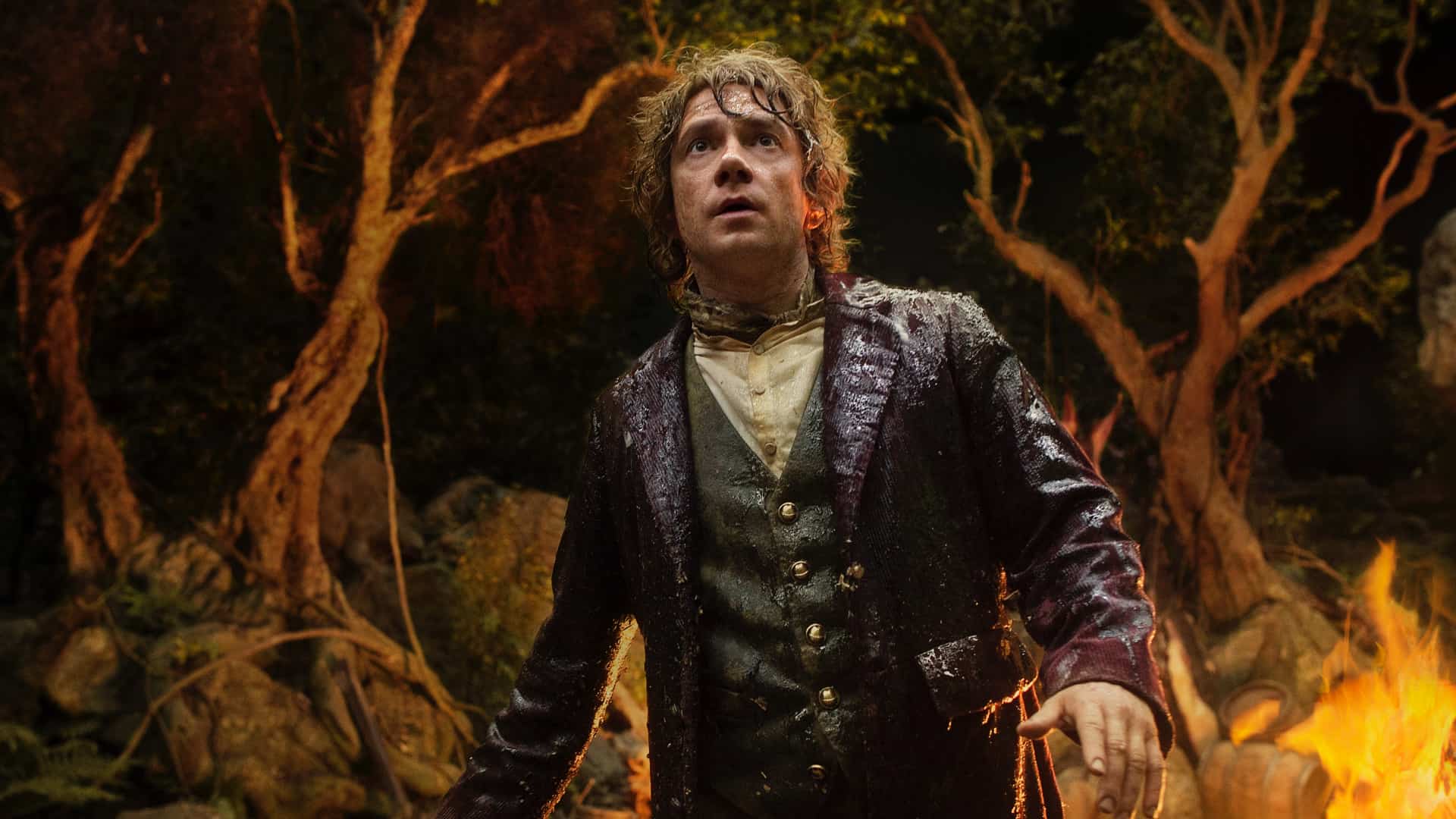
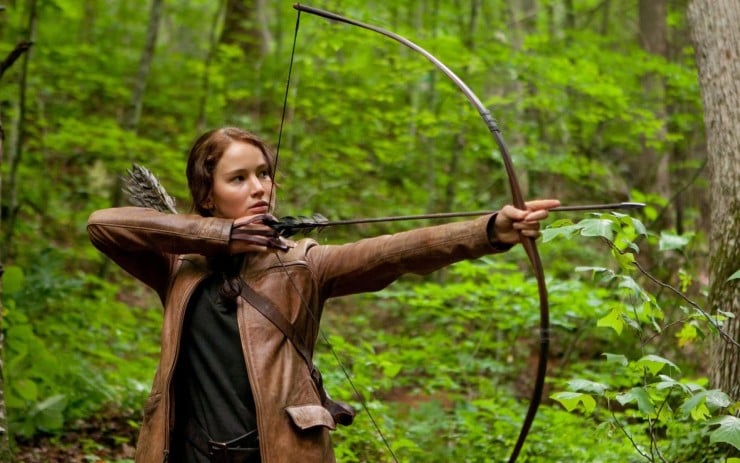

3. Long or extreme long
A long or extreme long shot is to get a complete visual of the character and the surroundings. A long shot is one or two characters in a frame with their environment. In the extreme long shot, the character is nearly lost in the frame as it covers such a large environment. Long shots and extreme long shots set the plot in the story and give context for the viewers by establishing the characters interaction with their surroundings.
Emotions: Isolation. On-lookers to the story, not involved.
Use cases: An action sequence between 2 characters would be a long shot with more characters and will be an extreme long shot.
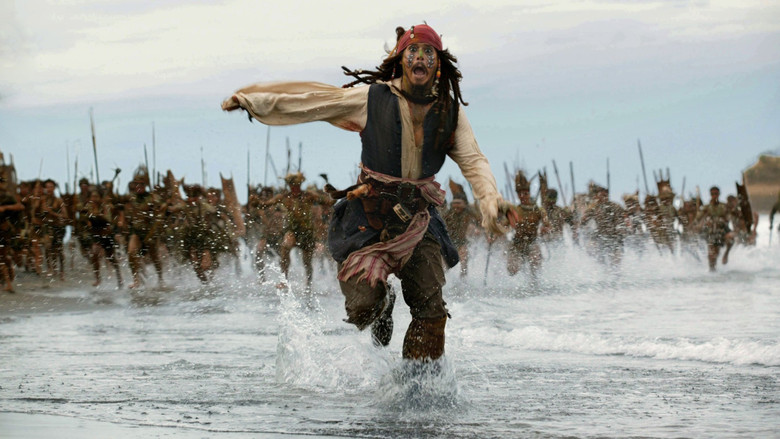

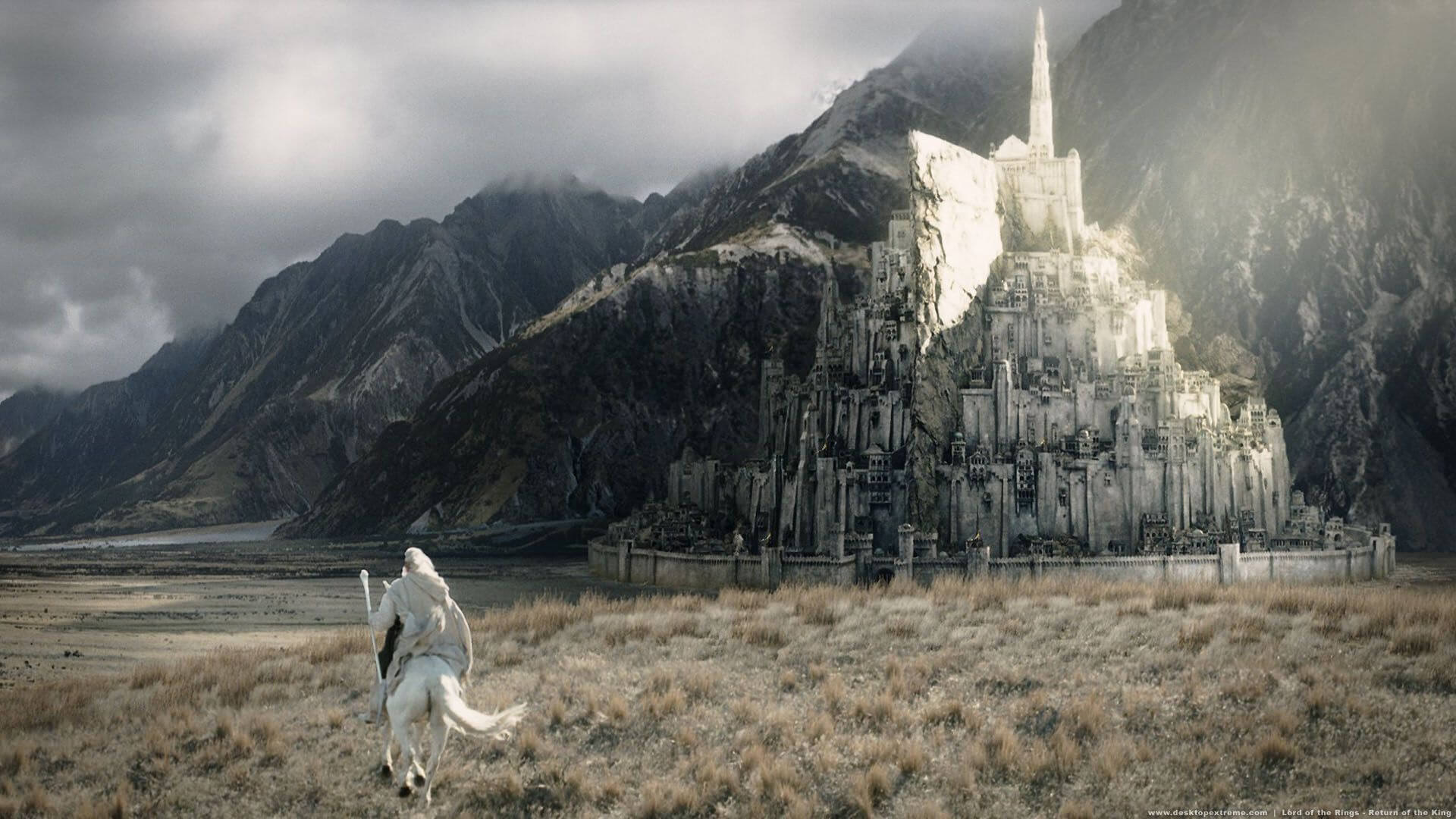
4. Over the shoulder
An over the shoulder shot is when the character is viewed from behind a character who is not the focus of the scene. This is used to show the reaction of one character towards another in a conversation. The character is placed in medium to close shot, so the viewers can focus on the expressions. Over the shoulder shots are used to show a character overlooking a scene from a distance. These shots help establish the relation two characters share or the characters share with the story.
Emotions: Connect and empathise with the characters. Third-person in a conversation.
Use cases: Discussions, arguments and intimate conversations between characters.
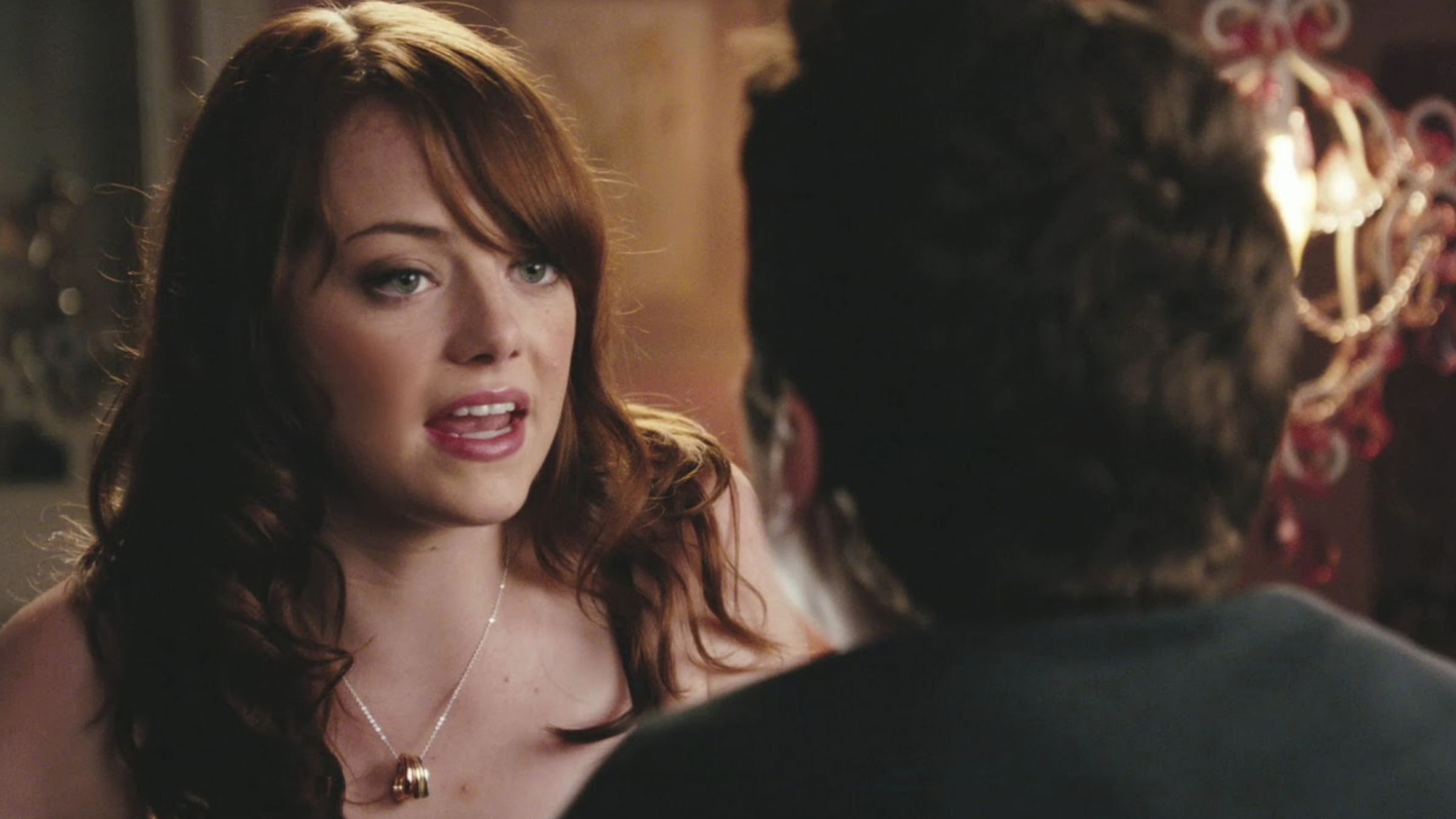
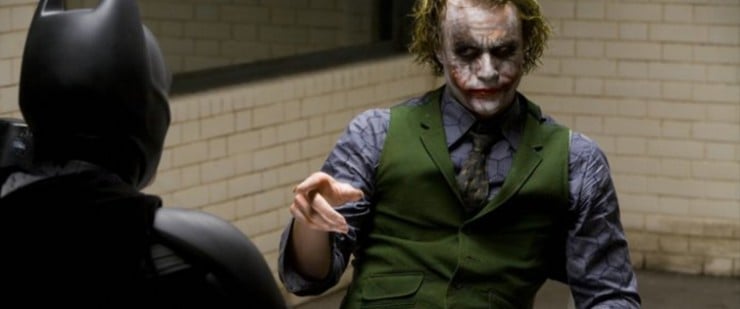

5. Point of view
The point of view shot or POV shows what the character is looking at, as if you were in their shoes. This is recorded from eye level to allow the viewer to get a better perspective of the character’s state of mind. These shots create anticipation and expectation from the viewer.
Emotions: First person perspective – an ‘in their shoes’ experience.
Use cases: Character waking up or drifting into unconsciousness. Looking through binoculars. Looking in a rear-view mirror while driving. The famous ‘follow me’ shots from Instagram are an example of POV shots.
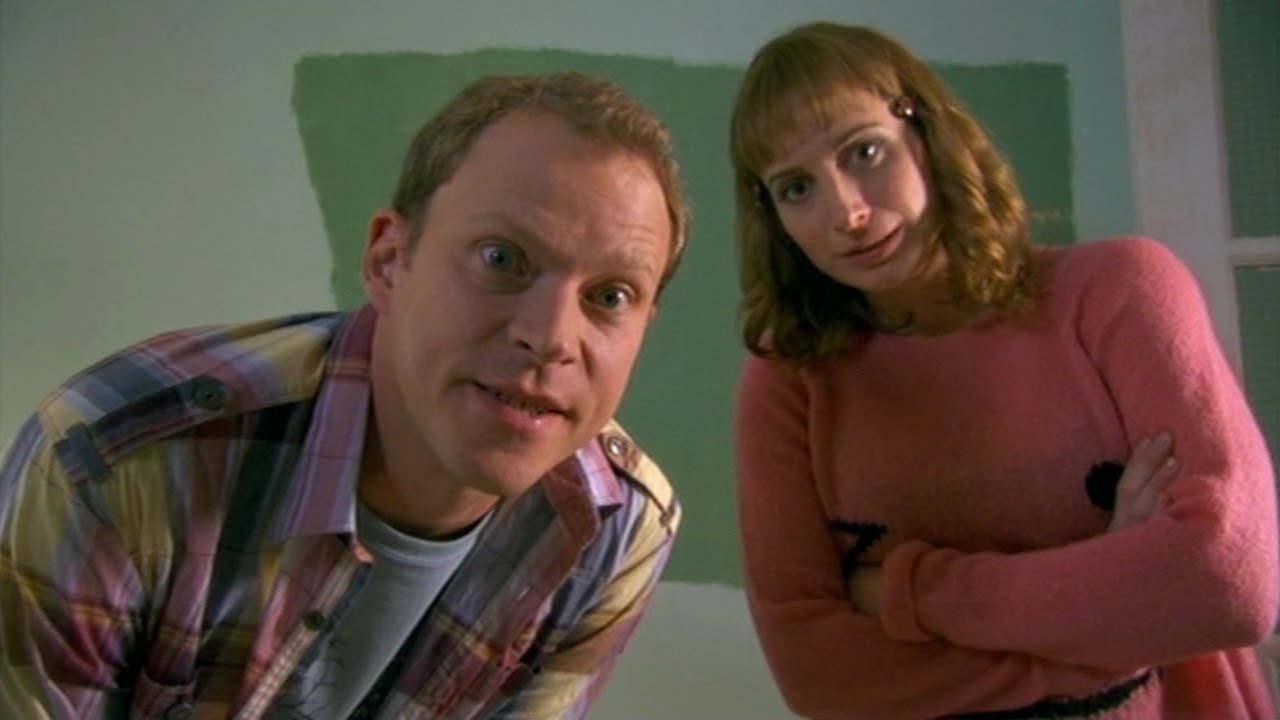
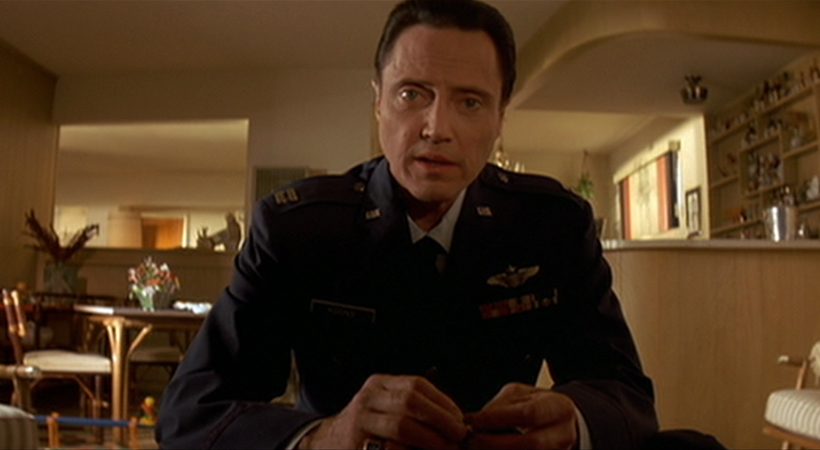
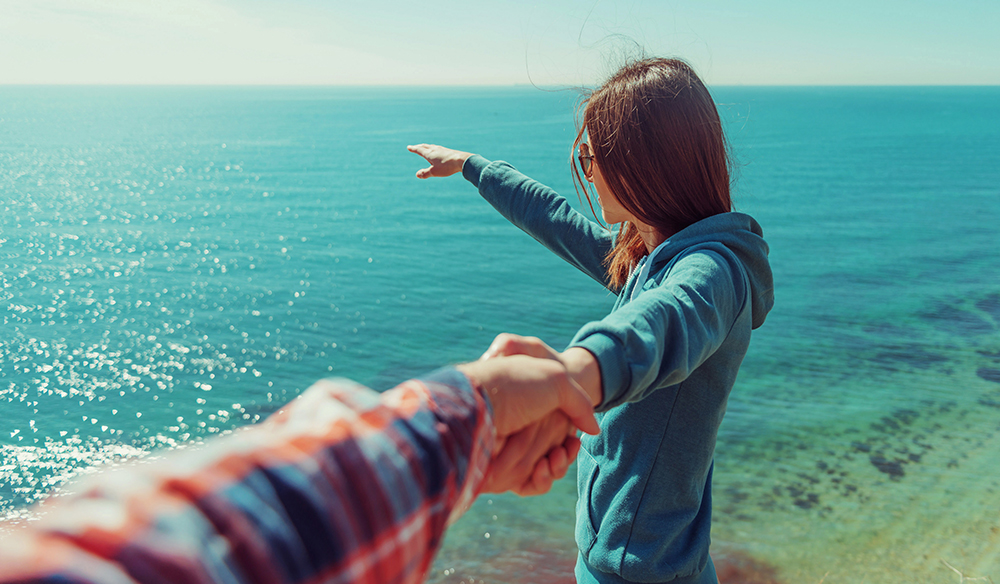
Camera shots are one of the many elements in the art of video production. Keep an eye out for future articles exploring what goes into creating great video content – whether it’s a quick video for social media or a brand video.



